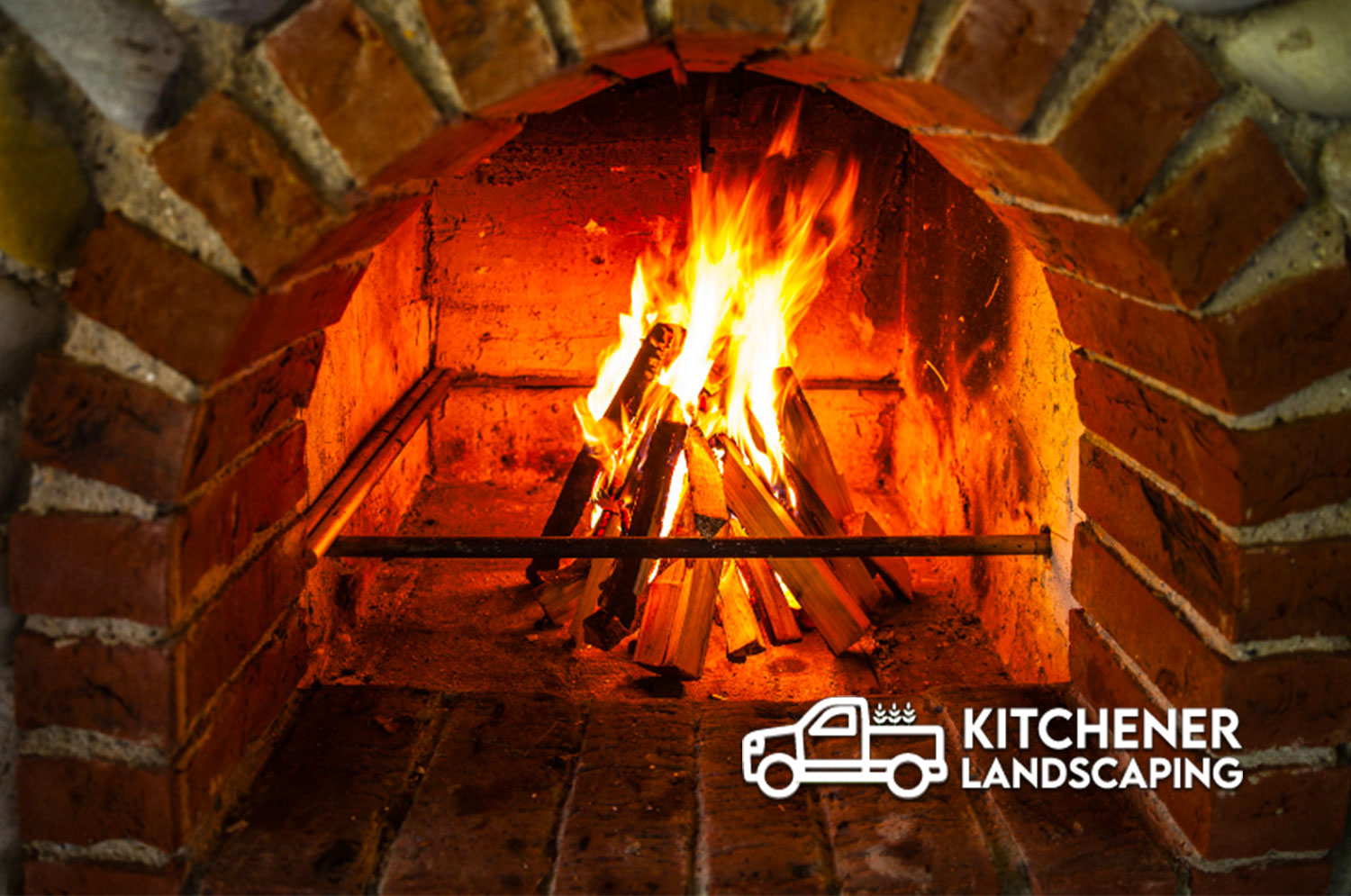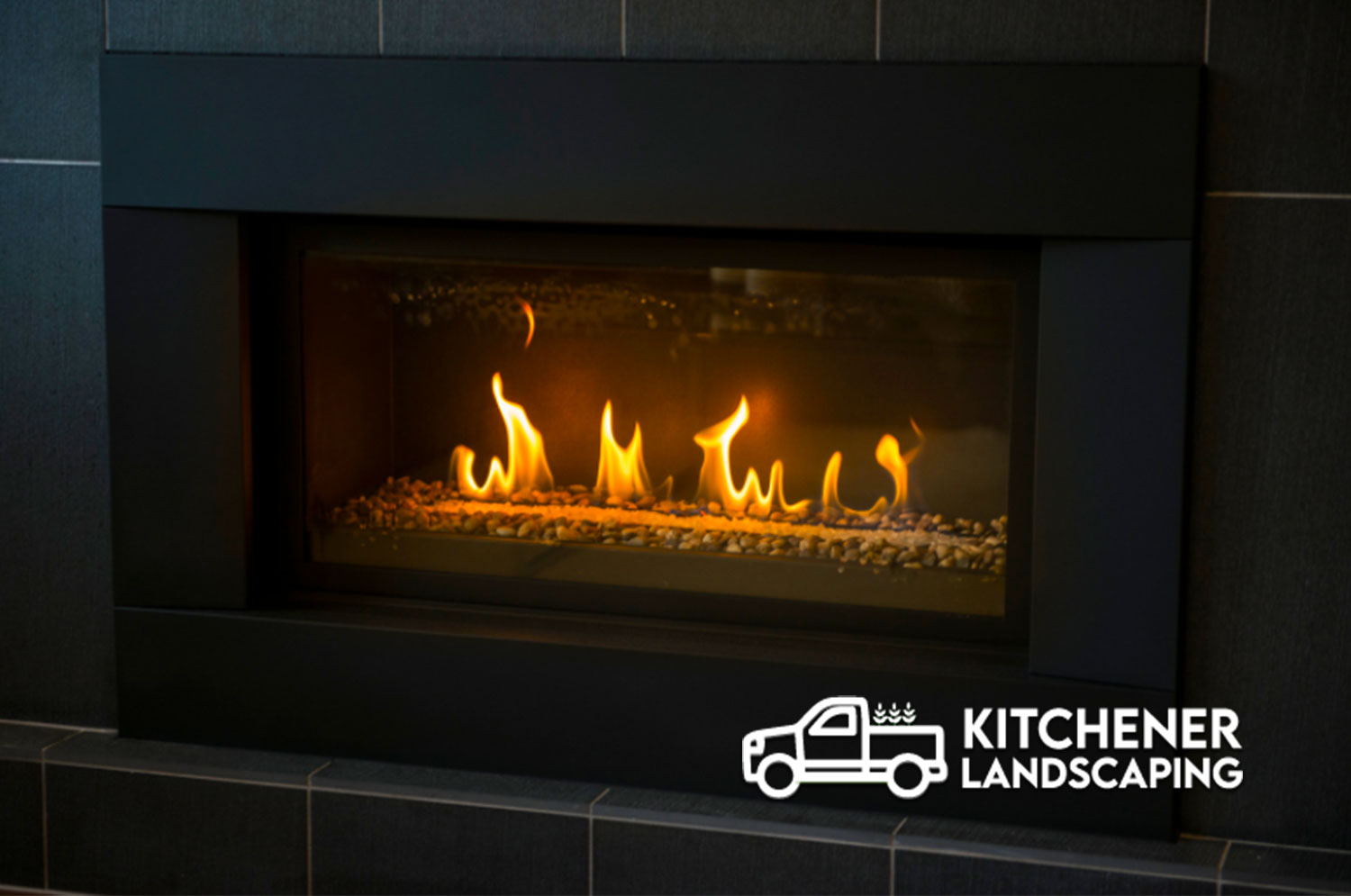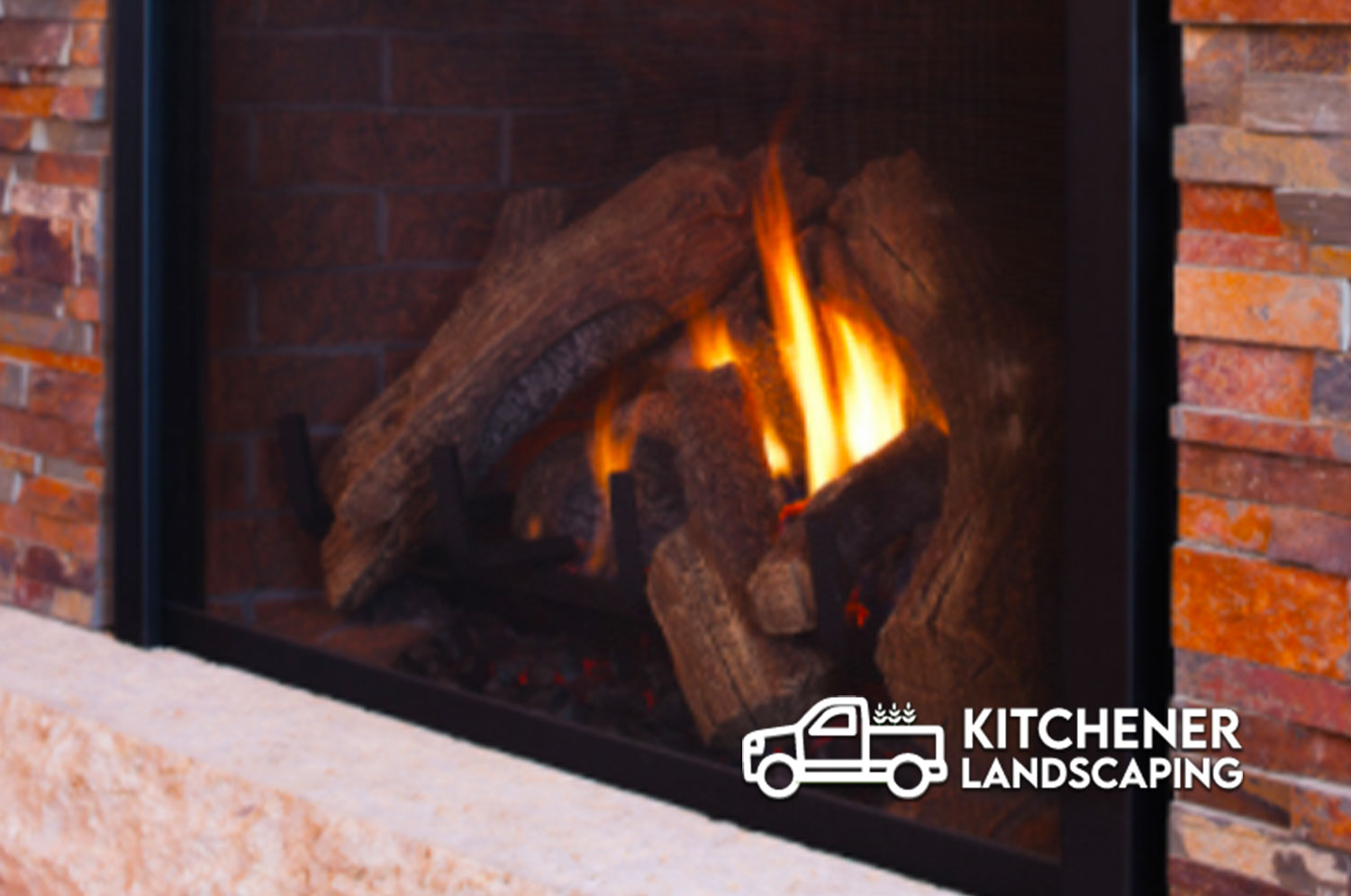Gas Fireplace Kitchener is a convenient alternative to electric ones, as they do not require a chimney to operate. In other words, you can install a gas fireplace in your kitchen without having to build an exterior chimney. Here’s everything you need to know about Gas Fireplace Kitchener and its fireplace installation Kitchener, along with some helpful examples of how to do it.
Table of Contents
What is a Gas Fireplace Kitchener?
A Gas Fireplace Kitchener is a fireplace that doesn’t require an exterior chimney. They were created to be an alternative for homes that don’t have access to an exterior chimney.
Which Types of Gas Fireplace Kitchener Are There?
There are four types of Gas Fireplace Kitchener:
* Vent-free gas fireplace Kitchener: These are the most popular type of gas fireplace. They don’t need an external vent because they use a sealed system to ignite the logs.
* Direct vent gas fireplace Kitchener: This type of gas fireplace doesn’t have a sealed system and requires an exterior chimney.
* Combination vent-free and direct vent gas fireplace Kitchener: This type of gas fireplace uses both systems depending on its location, which is why it’s called a “combination” model.
* Ventless gas fireplace Kitchener: This type of gas fireplace does not require any ventilation or exterior chimney, but it does emit more carbon monoxide than other types. It is only recommended for enclosed spaces with high ceilings and appropriate air circulation.
The Easy Way to Install a Gas Fireplace Kitchener
Installing a Gas Fireplace Kitchener can seem like a daunting task, but it doesn’t have to be. If you’re up for the challenge, follow these steps:
1. Find a location for the fireplace and make sure it’s level with appropriate wall space to install the unit.
2. Draw a chalk line on the floor so you know where to build the frame.
3. Build the frame using two-by-fours and attach them together with screws or nails (use galvanized screws or nails if you plan on installing siding).
4. Cover the outside of the frame with cement board (unless you’re planning on installing siding), then cover that with fiberglass insulation and drywall, according to your local building code requirements.
5. Attach metal studs to your new drywall panels – use either metal studs or metal L-brackets for corners around windows and doors – and then put up metal framing plywood panels inside of those studs.
6. Install gas piping from your furnace or boiler to your fireplace – this will help ensure that all of your pipes are uniform in size and fit together easily when attaching them to your fireplace venting cap located at the top of the stovepipe chute
Installing a Ventless Gas Fireplace Kitchener
The first thing you need to do is find out if your home has the appropriate gas lines for installation. In order for a ventless Gas Fireplace Kitchener to operate, it needs a natural gas line that’s within 3-4 feet of where you plan to install it. If you have a natural gas line in close proximity, then all you need is a power supply and the fireplace itself.
For those who don’t have a natural gas line in close proximity, there are two options: installing an exterior chimney or using an electric fireplace. Installing an exterior chimney involves building a new chimney outside your house while using an electric fireplace entails installing one inside your kitchen. Keep in mind that the cost of doing either project depends on how much work is involved with it and how skilled you are as a DIY-er.
Installing a Standard Gas Fireplace Kitchener
Installing a standard Gas Fireplace Kitchener is a relatively simple DIY project. The basic steps are as follows:
– Assemble the fireplace with the appropriate tools and hardware
– Install the gas line to connect to your home’s natural gas source
– Connect the line to the gas valve
– Turn on the gas at your home’s natural gas source
– Turn on the pilot light switch for ignition
– Wipe down any soot residue
– Enjoy!
The Hard Way to Install a Gas Fireplace Kitchener
Installing Gas Fireplace Kitchener can be done in two ways: the hard way and the easy way. The “hard way” is to build an exterior chimney and install the gas fireplace inside it. This may seem like a simple idea, but there are some major setbacks. First of all, an exterior chimney requires more than just bricks and mortar to build. It requires a building permit, as well as specialized engineering to ensure they’re structurally sound. These permits can cost thousands of dollars and take weeks or months to get approved, which means you will have spent a lot of time and money before you even start building the chimney. You also have to factor in the extra costs for installation and maintenance, which can add up quickly over time.
FAQs About Gas Fireplace Kitchener
Which Type of Gas Fireplace Kitchener Is Right for You?
If you’re looking to install Gas Fireplace Kitchener, the first thing you need to do is decide on which type of Gas Fireplace Kitchener is right for you. These types include:
-Gas wood fireplace
-Direct vent gas fireplace
-Vented gas fireplace
It’s important to consider the size, as well as what type of look and feel you’re going for. Personally, I like the idea of a vented gas fireplace because it gives off a more realistic feel than electric ones. A direct vent type might be good if you don’t want to worry about a chimney outside your home. Or, maybe you prefer the look and feel of a gas woodstove–just make sure there’s plenty of space. Keep in mind that some Gas Fireplace Kitchener can only fit one type of product, so make sure to measure before making a final decision!
Is Gas Fireplace Kitchener Good Investment For Home?
Gas fireplaces are an excellent investment for your home. They come in a variety of styles, including traditional and modern, with many decorative options. A Gas Fireplace Kitchener can be a great addition to the resale value of your home because it will increase its warmth and coziness. In other words, this investment is bound to pay off!
What Are The Maintenance of a Gas Fireplace Kitchener?
You’ll want to keep your Gas Fireplace Kitchener regularly maintained to ensure it can continue to provide you with warmth and ambiance. The key is to clean out any ashes or debris that may have fallen in during the process of using your fireplace. Your fireplace should also be cleaned annually by a professional, who will help make sure it’s working properly and safely.
There are many other factors that may impact how often you need to change the logs or perform other maintenance tasks. For example, if your home is situated in an area with high humidity levels, you may need to clean out the ashes more frequently as excess moisture can lead to clogged chimneys and fires. If there’s a family pet in your home, it’s important to periodically check for hair accumulation on the logs as pets don’t always shed indoors as they would outdoor fireplace kitchener.




